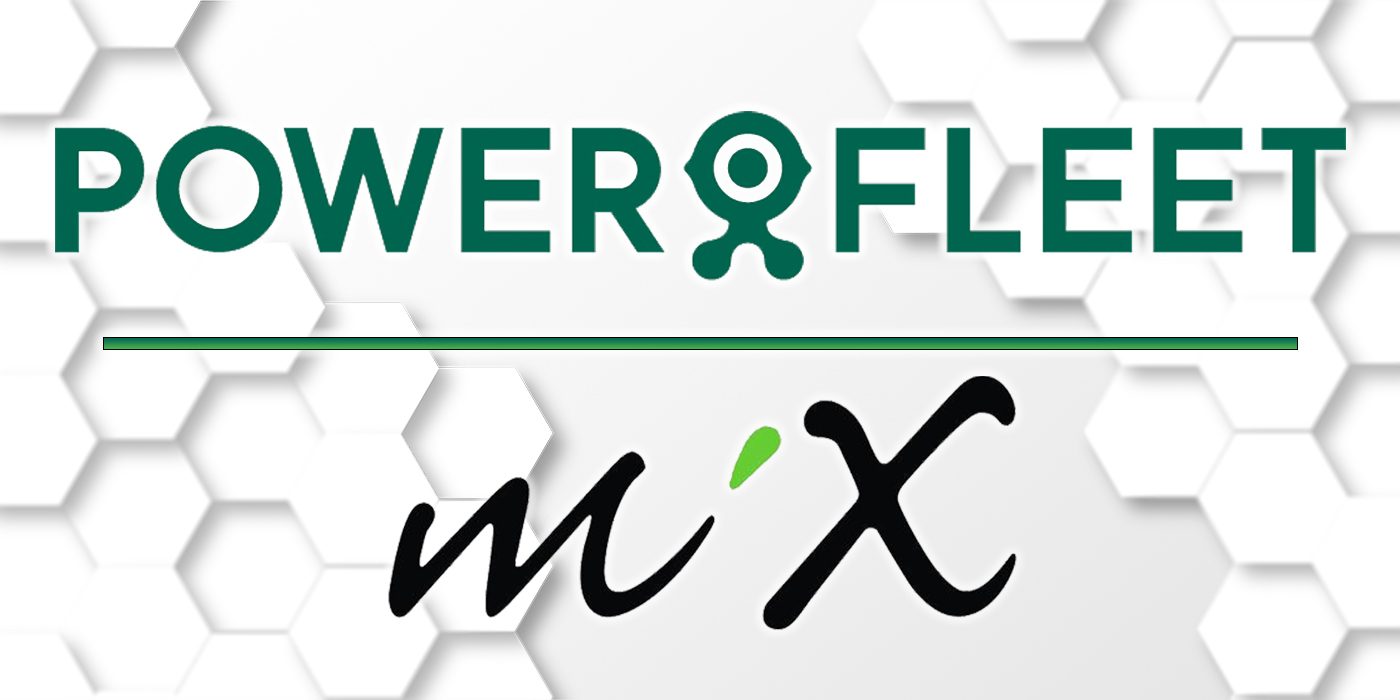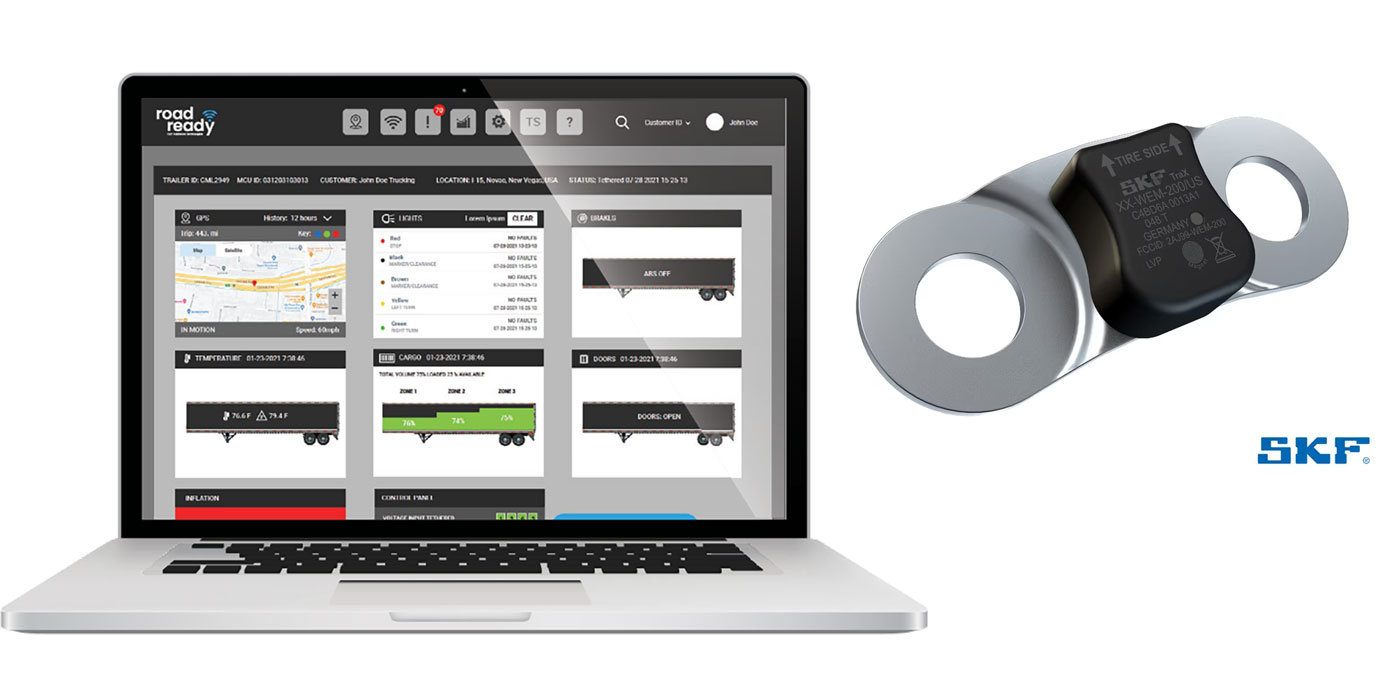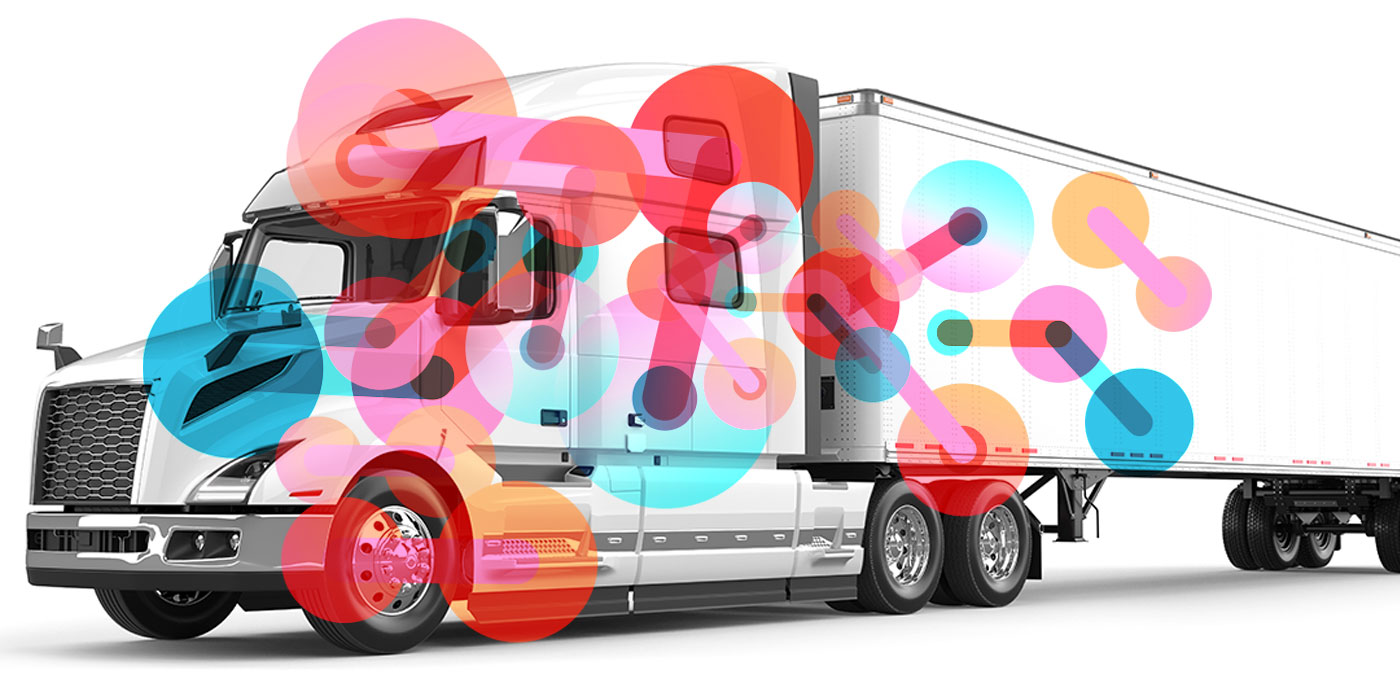Life in the technological age can be confusing. With all the benefits that access to technology provides for us—and they are innumerable—the choices we have can be overwhelming. These infinite choices can make choosing a place to eat a daunting task, let alone choosing the right technology solution for your fleet.
With this in mind, Penske Truck Leasing recently established an onboard technology consulting group, which was created as a value-added service to help Penske’s customers to address all these technology choices and the questions the customers may have about them.
I spoke with Bill Combs, Penske’s director of connected fleet, who will be leading the onboard consulting group, to find out what its value will be for fleets.
“The biggest benefit to the consulting group is that Penske is a neutral third party,” Combs says. “When customers come to Penske, we take a neutral approach to match them with the best technology possible, taking into consideration what types of fleets they run, features they want and functionalities they need. We’re also focused on fitting our customers with the right technology for their fleet, so that they’re not paying too much for technology they don’t need or too little on technology that they’ll soon outgrow.”
“We’re not selling anything,” Combs stresses. “This is a value-added service from Penske. We don’t want to say ‘Hey, here’s the system you should use.’ We want to say ‘Here are two or three that would work really well for you.’ Then we want to introduce fleets to those providers, so that they can review demos and go through the process of working with those different vendors. We offer this service and solutions to customers, no matter the size.”
Within that same mindset, Penske made another recent announcement: its connected fleet solutions. This proprietary, device-neutral data platform can connect with virtually any truck and engine configuration or telematics service provider, which offers another value-added service for customers. “It’s a data platform that’s open to virtually any onboard or telematics system,” Combs says. “So, as long as that system can expose data for integrations, we can pick it up and bring it into our platform. Then, from that platform, we can build certain types of tools or certain types of competencies like remote diagnostics. This enables us to bring in data from virtually any of those fleets, as long as they’re running some sort of onboard technology, and use that data from a maintenance perspective.”
“Our system allows us to see the fault code being thrown by a truck in near real time,” he explains. “We work with engine OEMs to ensure we’re making the most of the data specific to their engines.”
“We are connecting our platform to our customers’ telematics service providers to access and make use of the information from the vehicles,” Combs continues. “Our customers are sharing their vehicle data with us so we can use that data to enhance our services back to them, such as improving vehicle uptime and helping to keep customers well-informed about their vehicles. Our customers are already using the ‘fleet management’ components of these telematics systems. Penske is helping them leverage the data from those same systems.”
Combs explained that the development of this technology was a result of Penske realizing that, as a maintenance provider, it could provide additional value and services thanks to the data streaming off the trucks.
Combs stresses that the system isn’t a telematics device, and it isn’t meant to compete with telematics service providers. Penske’s connected fleet solutions is simply an open platform that receives information from the various telematics devices. The company aims to consolidate a fleet’s data and help them interpret the trends in addition to improving its maintenance offerings.
“The goal is increased uptime,” Combs says. “We can be quicker on a road call when there is an issue, for example: Instead of spending time figuring out where the truck is and what kind of fault codes might be coming from the engine, we have the ability to see that in near-real time.
“Every few minutes, the data refreshes from the truck. That means we can know more about it without guessing, without estimating how long something is going to take to fix nor how to get someone there. We know exactly where unit is. We can send the right sort of service to it or get it towed, or offer whatever type of service is necessary to fix that issue.”













